You can collect here all type of technical matters like Mobile,Personal Computers,Laptop,Camera etc etc !
Wednesday 23 March 2016
Friday 18 March 2016
Monday 14 March 2016
Parents Should Stop Using Smartphones at the Dinner Table: Study

Are you a tech buff who is unable to keep off your phone even at the dinner table? In that case, your kids may not be happy with you at all, say researchers.
A study which delves into the dynamics of technology and families reveals that the children of those parents who sporadically text even while driving or those who indulge in over-sharing on social media are not too impressed with their parents' habits.
The researchers noted that there have been similar hurdles in the past, as families grew accustomed to new technologies such as radio, television and video games in the household.
However, the rapid evolution of technology in the past decades, along with the advent of the Internet has created a wide gap between relationships, especially between parents and their children.
"This challenge is exacerbated by the fact that parents themselves may be struggling to set and abide by the rules they set for themselves for technology use," the authors indicated.
The study states that as technology has become pervasive in children's lives, establishing and enforcing rules has become increasingly challenging for parents.
The principal concern, among both children and parents, was paying attention to those around you instead of technology.
For the study, researchers from the University of Michigan and the University of Washington conducted a survey with 249 US child-parent pairs, exploring rules both for children (aged 10-17) and parents along with enforcement challenges.
The findings showed that 92 percent of children feel that their parents need to show more interest while talking to them.
The children desire that their parents should not post anything online about them, without their prior permission.
The parents need to trust their kids to set their own boundaries.
The kids do not want to see their parents spending all their time on the computer, tablet or smartphone rather they want the parents to establish technology-related rules.
They hate using phone while driving and most importantly want the parents to practice what they preach, the researchers pointed out.iPhone 7 Leaked Chassis Tips New Antenna Design, Larger Camera
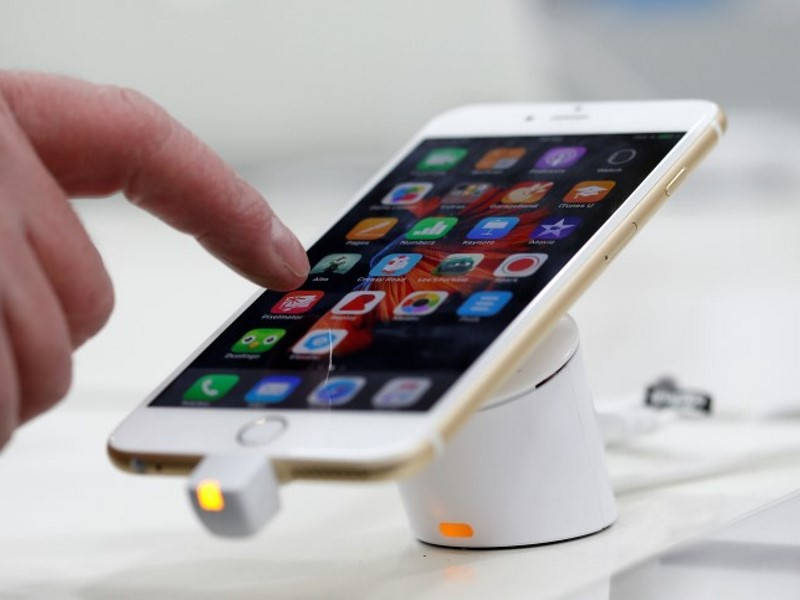
The tech news industry has lately been buzzing around the launch of 4-inch iPhone or iPhone SEhandset. However, this does not put the flagship iPhone 7 out of the picture. This time, images purported to be of the smartphone's chassis have popped up online showing the redesigned antenna lines, new larger camera setup, and more.
The images coming via French website Nowhere Else show that the rear panel is now completely plain, without any horizontal antenna lines. However, the antenna bands are still visible at the bottom running along the edges.

As for the camera, the size of the rear camera hole as spotted is significantly larger than the current iPhone models. This also indicates that there might be an upgrade lineup up for the iPhone 7's camera, details of which are not known for now. The rear camera hole is also closer to the edge of the handset. This confirms the handset will feature a single camera unlike its larger iPhone 7 Pro variant, which isrumoured to feature a dual camera tech.
Since the bottom side is not clearly visible in the leaked images, nothing can be said about the lack or inclusion of the 3.5mm headphone jack. The report states that the chassis is slightly thinner as well as compared to current models.
Also published were images said to show the larger iPhone 7 model's dual rear camera component. However, the source of the report dates back to January and is likely showing the camera component of another smartphone.
Apple Resubmits India Retail Store Application; Xiaomi Follows
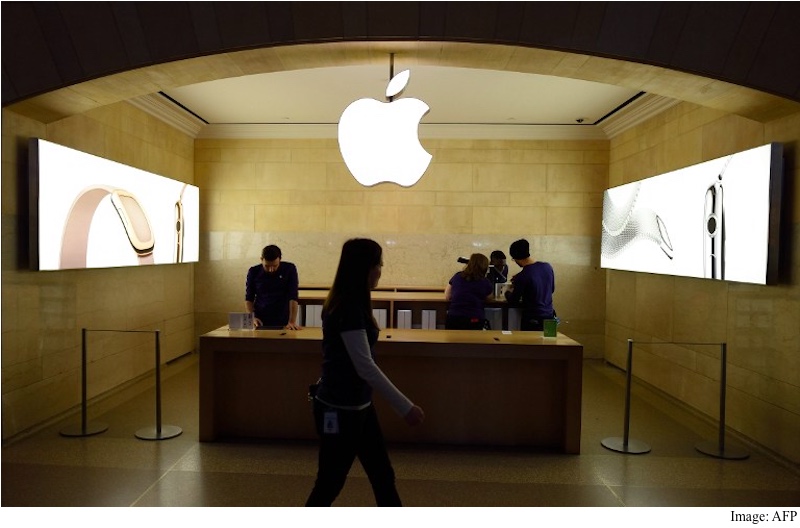
iPhone and iPad maker Apple has resubmitted its application for opening single-brand retail stores in the country as there were certain gaps in its earlier proposal.
"The proposal is being processed by the Department of Industrial Policy and Promotion (DIPP). Chinese smartphone maker Xiaomi too has submitted an application," an official said.
In January, Apple had filed proposal seeking permission for single-brand retailing and sell products online but due to certain gaps in the application, DIPP had sought more information from the US-based technology giant.
According to the sources, the government could exempt the Cupertino-based company from the mandatory local sourcing norm of 30 percent as it makes 'state-of-the-art' and 'cutting edge' technology products.
Last year, the government had relaxed the foreign direct investment (FDI) policy for single-brand retailing. The government had said it may also relax the sourcing norms for entities undertaking single-brand retailing of products having 'state-of-the-art' and 'cutting edge' technology and where local sourcing is not possible.
Further, sources said Xiaomi too has submitted an application with the DIPP to open single-brand retail stores in the country. Currently, its sells products through e-commerce and offline platforms. Single-brand retailers are also allowed to take e-commerce route for such trading.
At present, 100 percent FDI is permitted in the sector but the companies are required to take FIPB permission if the limit exceeds 49 percent. The company sells its products through Apple-owned retail stores in countries including China, Germany, the US, the UK, and France.
Apple has no wholly-owned store in India and sells products through distributors such as Redington and Ingram Micro.
100,000 Samsung Galaxy S7, S7 Edge Units Sold in First 2 Days in South Korea: Report
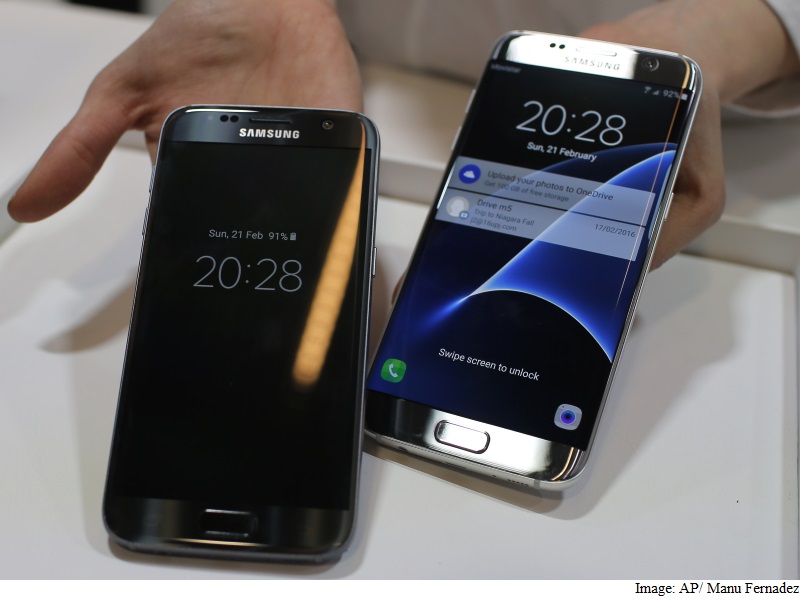
More than 100,000 units of Samsung Electronics Co.'s Galaxy S7 series smartphones were sold in South Korea within the first two days of its official launch, data showed on Sunday.
Sales of the Galaxy S7 and Galaxy S7 Edge reached a combined 60,000 on Friday and 40,000 on Saturday after the smartphones hit South Korean market on Friday, Yonhap cited the official data as showing.
The Galaxy S7 Edge accounted for some 40 percent of the two-day sales, the data added.
The initial pace of sales is roughly on par with demand generated when the Galaxy S6 series phones reached the market last year.
Samsung said sales for Saturday, which is usually a "slow day" when it comes to sales, fared pretty well.
The two latest high-end smartphone models, first showcased at a trade fair in Spain last month, came with much larger battery capacities and are water-proof and dust-resistant.
The phones also sport a much improved low-light camera with extremely fast auto focusing. The company, moreover, brought back an expandable memory option that was missing in the Galaxy S6 series.
Samsung expects the Galaxy S7 series to play a decisive role in revitalizing sales as the company's mobile business division has remained well below its heyday figures.
Display
5.10-inchProcessor
1.6GHzFront Camera
5-megapixelResolution
1440x2560 pixelsRAM
4GBOS
Android 6.0Storage
32GBRear Camera
12-megapixelBattery capacity
3000mAh
See full Samsung Galaxy S7 specifications
Display
5.50-inchProcessor
1.6GHzFront Camera
5-megapixelResolution
1440x2560 pixelsRAM
4GBOS
Android 6.0Storage
32GBRear Camera
12-megapixelBattery capacity
3600mAhXiaomi Mi Note 2 Tipped to Sport Samsung-Made Curved Amoled Display
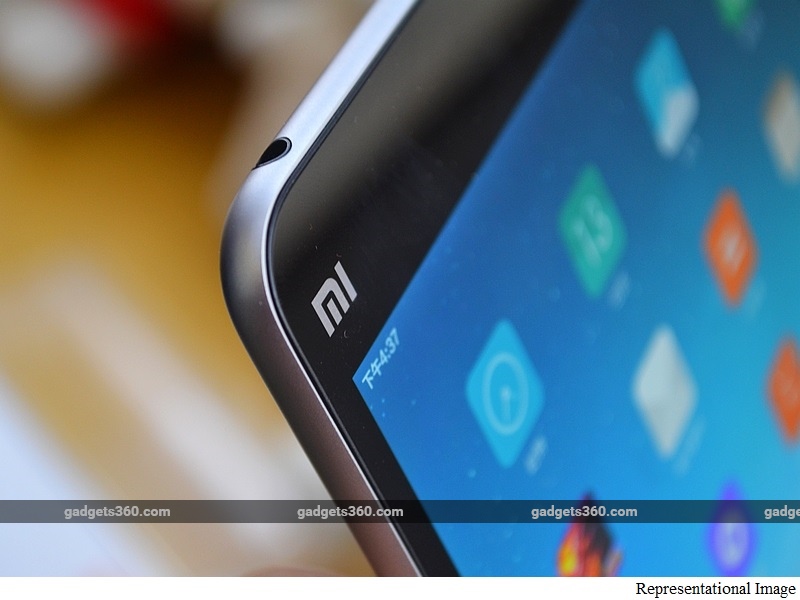
Xiaomi launched its Mi Note phablet back in January last year and now that its long-awaited Mi 5flagship launch is out of the way, the company is likely to shift its focus towards the Mi Note 2. Until now nothing has been confirmed by the company, however rumours regarding the phablet's display have started hitting the Web.
Although Xiaomi ditched the curved screen display tech for its flagship Mi 5 smartphone, it is expected to bring the same technology to the Mi Note 2 phablet. The report from Gizchina adds that like the Vivo Xplay5 Elite, the Mi Note 2 will also sport Samsung-made curved Amoled display.
It is worth noting that Vivo has already joined the dual-curved screen bandwagon with its Vivo Xplay5 Elite. It features a Samsung-made 'dual edge' curved 5.43-inch Super Amoled display with a QHD (1440x2560 pixels) resolution.
A separate report from ZDNet confirms the rumour by adding that Chinese vendors including Xiaomiand Huawei have requested for curved screen samples from Samsung Display. They are likely to add the technology in their future smartphones expected to launch this year.
To recall, the original Xiaomi Mi Note features a 5.7-inch full-HD (1080x1920 pixels) Sharp JDI display offering a pixel density of 386ppi. It also packs Corning Gorilla Glass 3 for protection. The device sports a 2.5D glass at the front while the back features 3D glass for protection.
Earlier this month an industry insider said that besides HTC, other OEMs such as Xiaomi, Meizu, Oppo, and Vivo are already working on future handsets with 3D Touch display technology as well. To note, Gionee launched its S8 smartphone with 3D Touch technology at MWC 2016, while Huawei actually beat Apple to introducing pressure-sensitive smartphone displays with the Mate S at IFA 2015.
BlackBerry Says It's the 'First OEM' to Deliver Monthly Android Security Patches

At the time of the launch of the BlackBerry Priv, the Canadian smartphone company had assured that it will give a lot of emphasis on the security of its users. Four months later, BlackBerry continues to stand by its words. In less than 24 hours since Google issued its monthly security bulletin last week, BlackBerry released a patch to address all the flagged vulnerabilities.
Without pointing out fingers to any particular OEM, BlackBerry said last week that it is the "first OEM to deliver patches in line with Google's public disclosure," beating others to the market. This is the fourth time in a row BlackBerry has rolled out a security patch on the same day as its public availability. BlackBerry said that since December, OEMs have taken anywhere from two days to a few months (if ever) to patch their devices - pointing out that there are still OEMs that are yet to address the vulnerabilities that Google announced in December.
"Other mobile device vendors can take weeks, months or even years to deliver security patches, leaving you and your business at risk," the company wrote in a blog post. "BlackBerry's steadfast commitment to timely security updates is just one of the many reasons why BlackBerry continues to be the undisputed leader in mobile privacy and security."
While BlackBerry's commitment towards the security of its users is commendable, it is worth pointing out that the state of security sophistication maintained by other OEMs has also largely improved over the past few months. Google began its monthly Android security update program back in August, following major vulnerabilities in the operating system related to Stagefright. The search giant apart from patching its own Nexus devices also releases patches to AOSP to ensure OEMs and other partners can also roll out update to their devices. Samsung announced it would release updates alongside, as did several other OEMs, including LG and Motorola.
- Design
- Display
- Software
- Performance
- Battery life
- Camera
- Value for money
- Good
- Physical keyboard
- Vast Android app ecosystem
- Fantastic materials and construction
- Good screen
- Bad
- Extremely expensive
- Weak front camera
- Slightly unwieldy
- Lacks many current-day features
Read detailed BlackBerry Priv review
Google Nexus 5X Gets a Limited Period Discount in India

Google has announced a limited period discount offer on the Nexus 5X in India. Under the offer, the LG Google Nexus 5X will be available at a flat discount of Rs. 4,000 till March 27. Notably, the limited period discount offer has been announced on the occasion of Holi festival and is applicable when purchasing the Nexus 5X online from the Google Store only.
After discount, the Nexus 5X 16GB model will be available at Rs. 23,900 while the 32GB model will come at Rs. 27,900. The regular prices for the Nexus 5X 16GB and 32GB model are Rs. 27,900 and Rs. 31,900 respectively.
This is not the first discount announced for the Nexus 5X in India. Back in November, Amazon Indiaannounced similar limited period discounts on the Nexus 5X. In January, the Nexus 5X was available at as low as Rs. 18,499 after discounts via a third-party online retailer in India.
To recall, the Nexus 5X went on sale in India back in October last year. For specifications, the LG Nexus 5X features a 5.2-inch full-HD (1080x1920 pixel) display with Corning Gorilla Glass 3; a 1.8GHz hexa-core Qualcomm Snapdragon 808 SoC; 2GB of LPDDR3 RAM; a 12.3-megapixel rear camera with 4K and slow-motion (120fps) video recording, apart from an f/2.0 aperture, and a 5-megapixel front-facing camera with HDR+ and an f/2.0 aperture. The Nexus 5X sports a 2700mAh battery, with Quick Charge support providing up to 3.8 hours of charge in 10 minutes. It is available in Carbon Black, Quartz White, and Ice Blue colour variants. Both the Nexus 5X and Nexus 6P are platform lead devices for the Android 6.0 Marshmallow, and come with features such as USB Type-C and Nexus Imprint fingerprint sensor.
Download the Gadgets 360 app for Android and iOS to stay up to date with the latest tech news, product reviews, and exclusive deals on the popular mobiles.
- Design
- Display
- Software
- Performance
- Battery life
- Camera
- Value for money
- Good
- Pure Android 6.0
- Fingerprint sensor
- Good camera
- Good overall performance
- Bad
- Limited storage
- Expensive
- USB Type-C adapters required
- Ditches wireless charging
Read detailed LG Google Nexus 5X review
Saturday 12 March 2016
French Interior Minister Backs FBI in Apple Battle
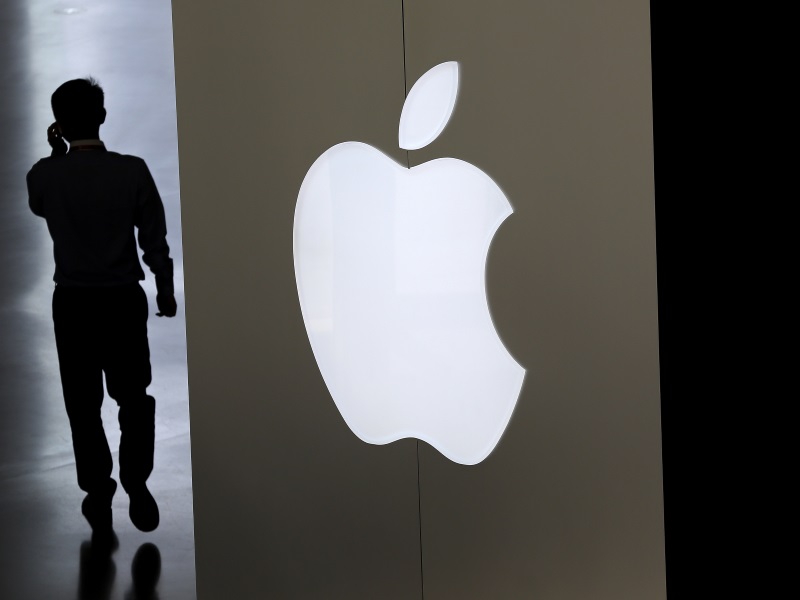
French Interior Minister Bernard Cazeneuve voiced support Friday for President Barack Obama's administration in its efforts to get Apple to unlock the iPhone of one of the San Bernardino attackers.
"I completely understand the US administration's concerns, which I share," Cazeneuve said during a talk on counterterrorism at George Washington University.
The FBI is pressing Apple to develop a system that would allow the law enforcement agency to break into the suspect's locked iPhone, a demand the tech company claims would make all its devices vulnerable, including to criminals and dictatorships.
The French minister expressed hope that a solution would be found with all tech giants.
"I don't think it's necessary to wrestle" with Apple and other companies that provide encryptionbecause "they have an interest to be our partners," Cazeneuve said.
"The digital ecosystem, that's democracy. If democracy cannot defend itself" against violent extremists, "the ecosystem falls apart," he added.
"The citizens who today tell us 'privacy' and 'freedom' will tomorrow ask us 'but what did you do to protect us'" from new devastating attacks, Cazeneuve said.
He pressed for procedures under a judge's authority to access encrypted content.
Cazeneuve is due to meet with Obama's Homeland Security Advisor Lisa Monaco and Homeland Security Secretary Jeh Johnson.
He is also expected in New York to meet with city police where he is expected to discuss the resilience of major cities hit by large-scale attacks, according to his aides.
Sidestepping Apple Dispute, Obama Makes Case for Access to Device Data

US President Barack Obama on Friday made a passionate case for mobile devices to be built in such a way as to allow government to gain access to personal data if needed to prevent a terrorist attack or enforce tax laws.
Speaking at the South by Southwest festival in Texas, Obama said he could not comment on the legal case in which the FBI is trying to force Apple Inc. to allow access to an iPhone linked to San Bernardino, California, shooter Rizwan Farook.
But he made clear that, despite his commitment to Americans' privacy and civil liberties, a balance was needed to allow some intrusion when needed.
"The question we now have to ask is: If technologically it is possible to make an impenetrable device or system where the encryption is so strong that there is no key, there's no door at all, then how do we apprehend the child pornographer, how do we solve or disrupt a terrorist plot?" he said.
"What mechanisms do we have available to even do simple things like tax enforcement because if in fact you can't crack that at all, government can't get in, then everybody is walking around with a Swiss bank account in their pocket."
The Justice Department has sought to frame the Apple case as one not about undermining encryption. A US Federal Bureau of Investigation court order issued to Apple targets a non-encryption barrier on one iPhone.
The FBI says Farook and his wife were inspired by Islamist militants when they shot and killed 14 people on December 2 at a holiday party in California. The couple later died in a shootout with police.
"Setting aside the specific case between the FBI and Apple, ... we're going to have to make some decisions about how do we balance these respective risks," Obama said.
"My conclusion so far is you cannot take an absolutist view."
Obama was speaking at the South by Southwest festival in Austin about how government and technology companies can work together to solve problems including making it easier for people to vote.
Friday 11 March 2016
iBall Andi 5.5H Weber 4G, Andi 5Q Gold 4G Get Listed on Company Site
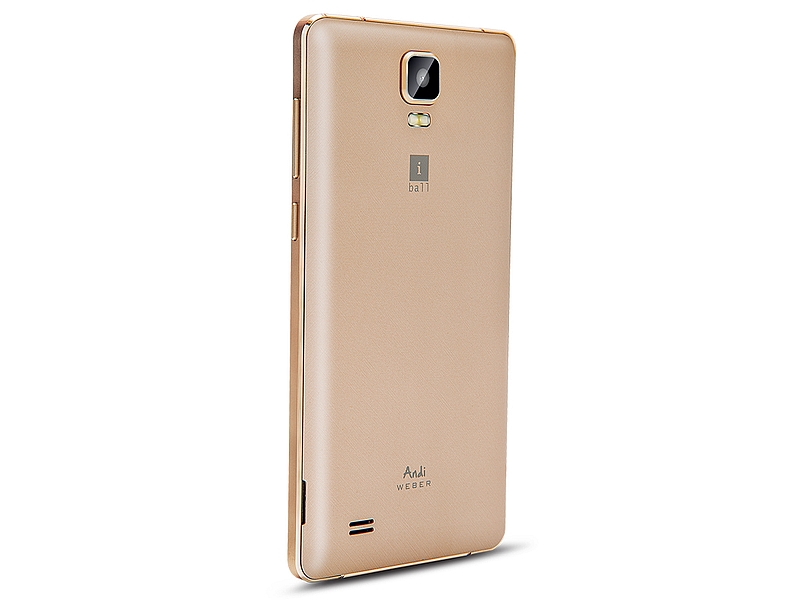
iBall appears set to launch two new handsets in India, the Andi 5.5H Weber 4G and the Andi 5Q Gold 4G. Although the smartphones are listed on the company website with images and specifications, their prices have not yet been mentioned.
According to the listing, the iBall Andi 5.5H Weber 4G supports dual-SIM dual-4G standby functionality and runs Android 5.1 Lollipop out of the box. It features a 5.5-inch HD (720x1280 pixels) IPS display with a pixel density of 267ppi. The handset is powered by a 64-bit quad-core processor clocked at 1GHz, clubbed with Mali-T720 MP2 GPU and 1GB of RAM.
The Andi 5.5H Weber 4G houses 16GB of inbuilt storage, out of which users would get around 11.5GB to store their data and apps. However, the device also supports microSD card (up to 32GB) for expanding the inbuilt storage. An 8-megapixel autofocus rear camera with LED flash, along with a 5-megapixel front-facing camera is also included in the smartphone. Some of the camera features that come with the device are face beauty function, live photo mode, panorama mode, multi angle view mode, face detection, smile shot and HDR.
The iBall Andi 5.5H Weber 4G, as the name suggests supports 4G LTE connectivity along with Bluetooth, Wi-Fi, Wi-Fi Hotspot, GPS, and Micro-USB. Backed by a 2680mAh Li-ion battery, the handset bears accelerometer, proximity sensor, and ambient light sensor.
The iBall Andi 5Q Gold 4G on the other hand features a smaller 5-inch HD (720x1280 pixels) resolution display with pixel density of 293ppi. Rest of the specifications remain the same. However, the listing does not mention the GPU and RAM details.
Display
5.50-inchProcessor
1GHzFront Camera
5-megapixelResolution
720x1280 pixelsRAM
1GBOS
Android 5.1Storage
16GBRear Camera
8-megapixelBattery capacity
2680mAh
Subscribe to:
Posts (Atom)






